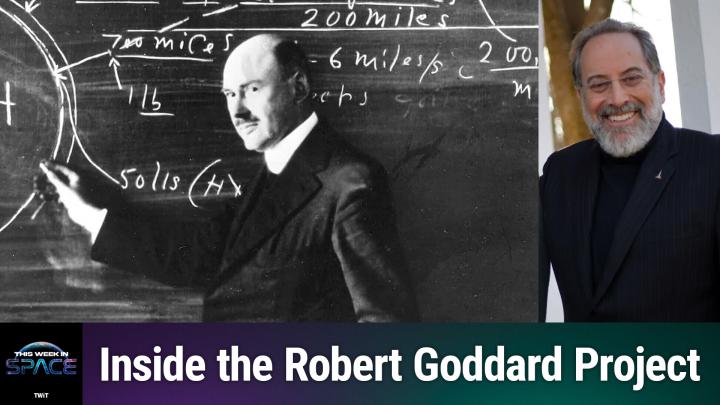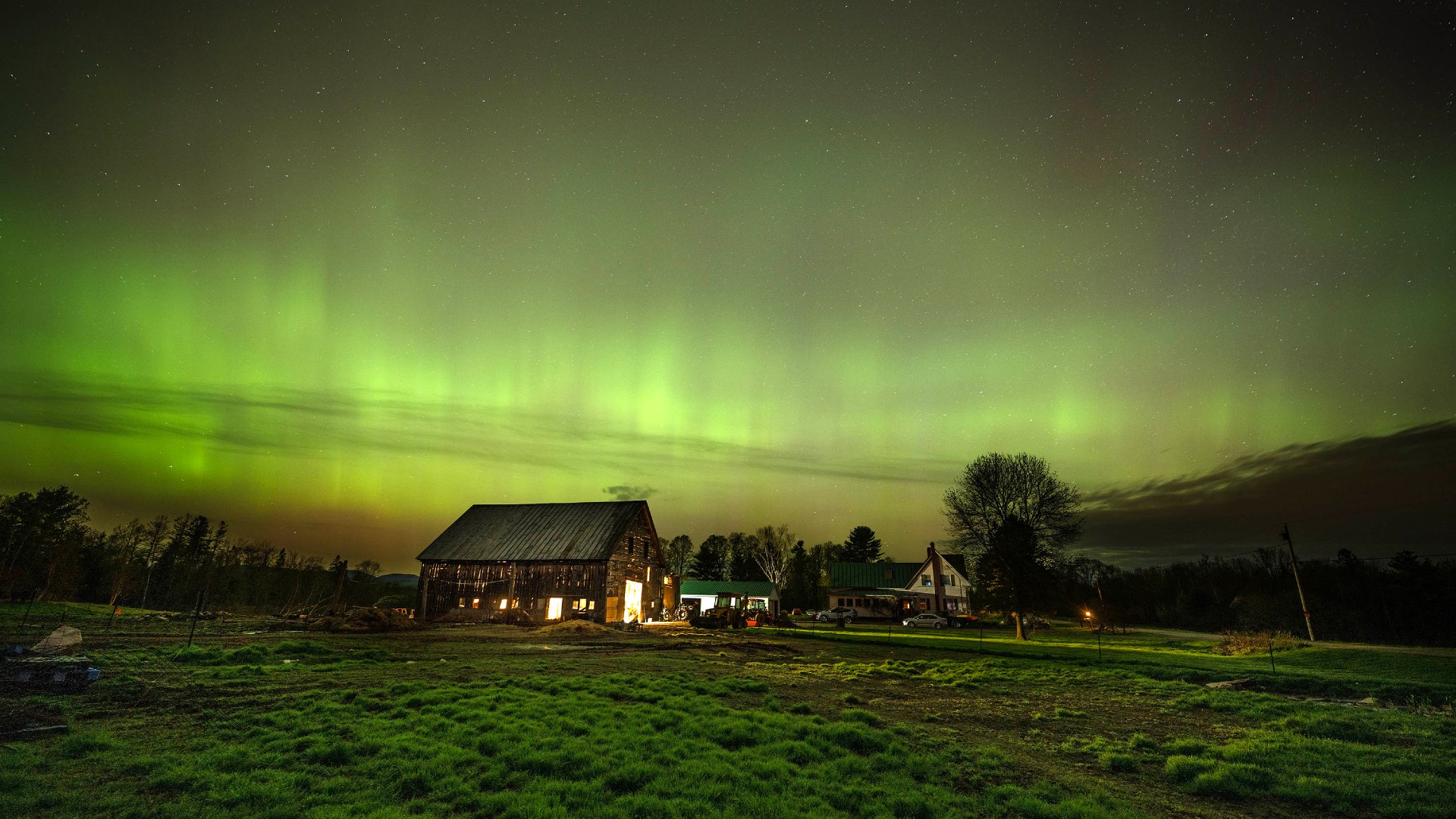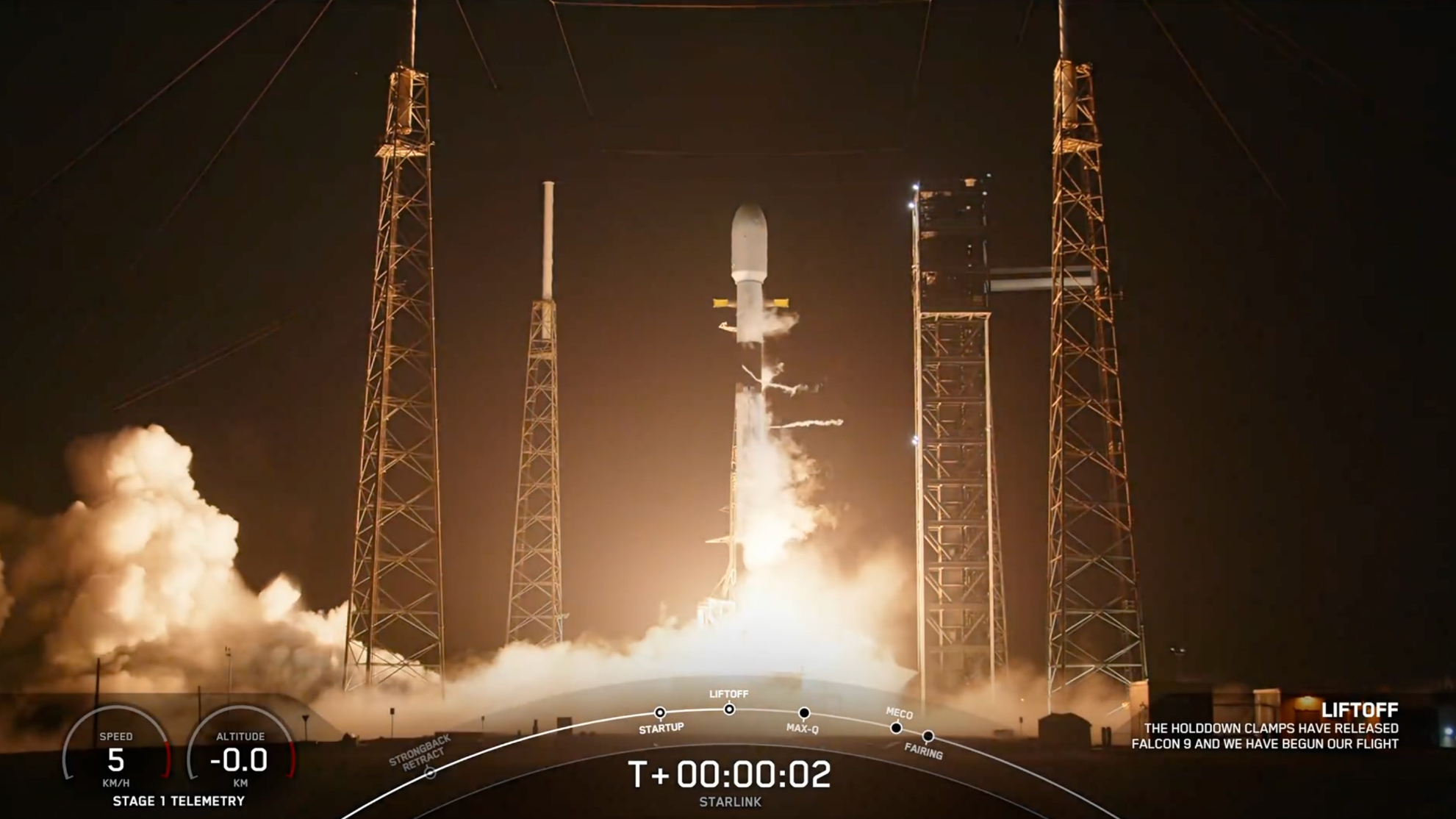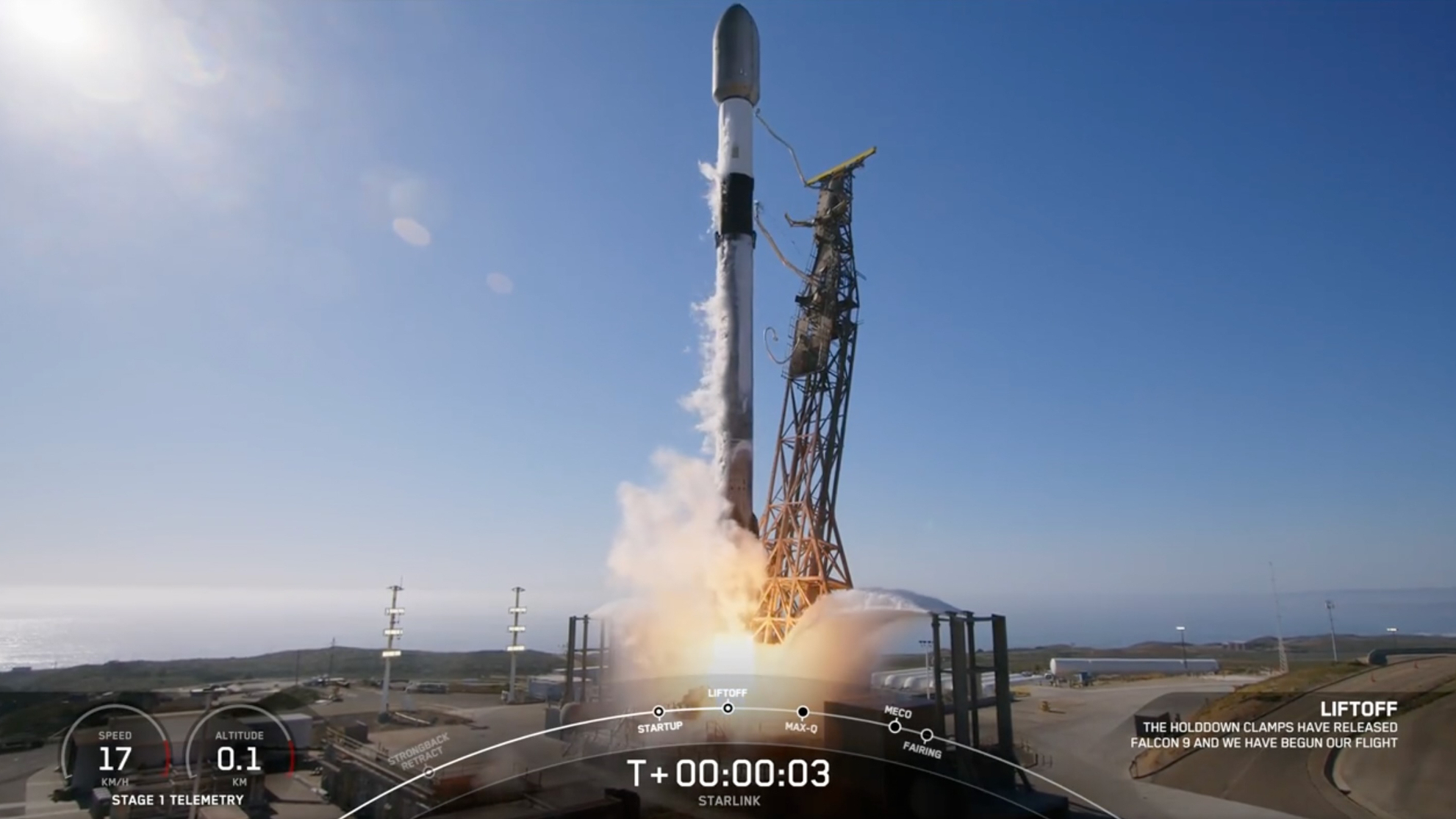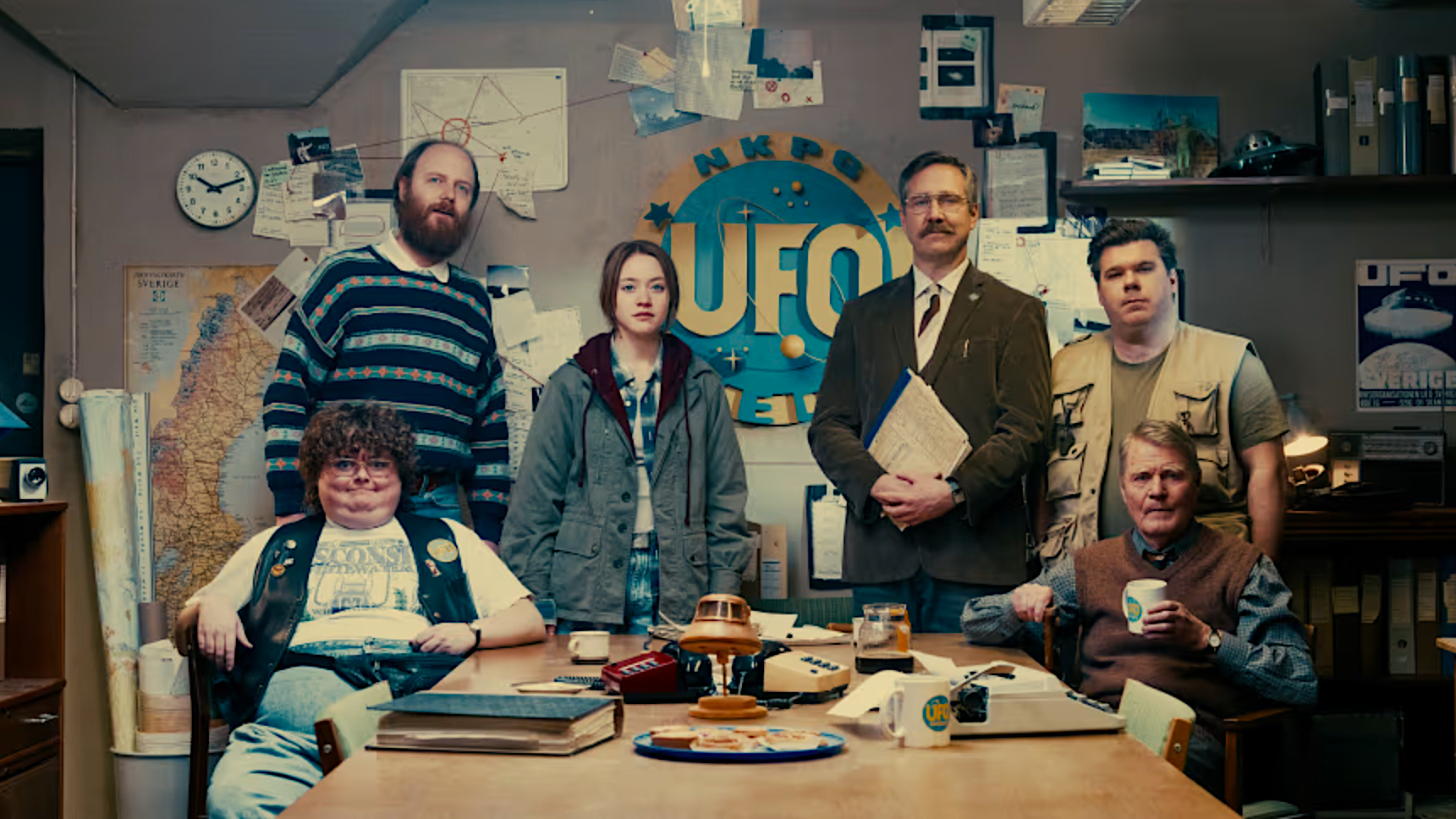Astronotes: October 31 - November 13, 2004
November 13
India, France to Develop Climate Satellite
BANGALORE, India (AP) -- The space agencies of India and France signed an agreement on Friday to cooperate in launching a satellite in four years that will help make climate predictions more accurate.
The project, named Megha-Tropiques, "is a major milestone in the long-standing relationship between Indian and French space agencies," G. Madhavan Nair, chairman of the Indian Space Research Organization, said in a statement.
ISRO and the French National Space Center, known by its French acronym CNES, signed the memorandum of understanding following five years of talks.
ISRO will build the satellite, launch it sometime between April 2008 and March 2009, and control the spacecraft in space. CNES will build the scientific instruments that will observe atmospheric conditions and send back data.
ISRO will spend about $24 million, while CNES will contribute $62 million to the mission, the agencies said.
Get the Space.com Newsletter
Breaking space news, the latest updates on rocket launches, skywatching events and more!
The satellite will track tropical atmospheric conditions, such as rain above oceans, monsoon patterns, humidity, water vapor and radiation, that have an impact on global climatic changes.
"These systems interact with the general atmospheric circulation in ways we still do not fully understand -- one reason why weather forecasts and predictions of climatic events such as cyclones, monsoons, flooding and drought are not more accurate," CNES said.
"The Megha-Tropiques mission will improve our understanding of these processes," it said.
-- Associated Press
November 12
Long-distance Science
In the world of science, research never stops. Even if you're living in space.
But for the first time, astronauts aboard the International Space Station (ISS) have managed to send their findings down to Earth and into the pages of a scientific journal.
Ultrasound research collected astronaut Michael Fincke and cosmonaut Gennady Padalka during ISS Expedition 9 while they orbited the Earth appears in the online version of the journal Radiology. The two ISS crewmen spent six months living and working aboard the space station before returning to Earth on Oct. 23.
"It is with great pleasure that we offer to the journal Radiology the first paper ever submitted from the ISS," said Fincke, who served as NASA's ISS science officer and flight engineer during the mission.
The study, an ultrasound look at the shoulder's bone and muscle integrity in space, was part of the Advanced Diagnostic Ultrasound in Microgravity (ADUM) experiment. The ADUM study hoped to determine the effectiveness of in-flight monitoring to detect changes in human muscle and bone cfrom prolonged spaceflight. Fincke and Padalka worked with experienced ultrasound scientists on the ground to take measurements of their own bodies throughout their space mission.
NASA ISS flight controllers repeatedly credited the Expedition 9 crewmembers, Fincke in particular, for their dedication to science during their mission. Despite a series of setbacks and unexpected repairs, the crew met their science targets, with Fincke habitually working into his weekends to perform experiments with ground-based researchers.
-- Tariq Malik
November 11
Arctic Ice Meltdown
Here are the cold hard facts.
First, the Arctic is warming much more rapidly than previously known, at nearly twice the rate as the rest of the globe. Secondly, increasing greenhouse gases from human activities are projected to make it warmer still.
Furthermore, arctic summer sea ice is projected to decline by at least 50 percent by the end of this century with some models showing near-complete disappearance of summer sea ice. Should the Arctic Ocean become ice-free in summer, it is likely that polar bears and some seal species would be driven toward extinction.
Arctic climate change presents serious challenges to the health and food security of some Indigenous Peoples, challenging the survival of some cultures. Many coastal towns and facilities around the Arctic face increasing risks from erosion and flooding due to rising sea levels, decreased sea ice, and thawing coastal permafrost.
Over the next 100 years, climate change is expected to accelerate, contributing to major physical, ecological, social, and economic changes. By the way, many of these changes have already begun.
Those are a few of the findings from a just released report by the Arctic Climate Impact Assessment (ACIA), a four-year scientific study undertaken as an international project of the Arctic Council and the International Arctic Science Committee (IASC) - a high-level intergovernmental forum.
The ACIA findings are being highlighted this week at a scientific symposium held in Reykjavik, Iceland.
-- Leonard David
November 10
Spacecraft to Orbit Moon Next Week
Early next week the SMART-1 spacecraft will reach the Moon, more or less.
The robotic craft built by the European Space Agency has been en route since Sept. 27
-- of last year. The trip can be made in a few days by conventional rocket. But SMART-1 uses a slow-and-steady ion engine to gradually gain speed, saving money.
The probe's journey so far has involved ever-wider circles around Earth to escape the planet's gravity. On the night of Nov. 15-16, it will reach the first of its closest approaches to the Moon after the 13-month journey. Then the spacecraft will spend a few months adjusting its orbit around the Moon.
Scientific operations are slated to begin in January. SMART-1 will map the Moon in unprecedented detail in an effort to pin down how Earth's only natural satellite was created.
More about SMART-1's path and mission is here. Or explore a gallery of images and illustrations depicting the journey.
-- Robert Roy Britt
November 8
Volcanic Ash May Have Once Covered Martian Hill
The Spirit Rover continues to climb a Martian hill, whose rocks appear to have formed from the debris of an ancient volcanic eruption.
Both of NASA's Mars rovers, Spirit and Opportunity, have remained productive long past their original three-month missions, which ended this past spring.
Even with problems with its wheels, Spirit is making progress up the Columbia Hills, where it previously found evidence for water in the types of minerals observed in certain rocks.
Spirit's new findings give some clue as to what the scene was like before water changed these rocks' compositions.
"Our leading hypothesis is that these rocks originated as volcanic ash that fell from the air or moved in ground-hugging ash flows, and that minerals in them were altered by water," said Ray Arvidson of Washington University, St. Louis, deputy principal investigator for the mission.
Evidence for the volcanic-ash origin comes from a layered rock called "Uchben," which researchers have scoured with Spirit's rock abrasion tool. Images of the rock's interior reveal sand-size particles, many of them sharply angular in shape.
If wind or water had brought the pieces of Uchben to this spot, the unavoidable tumbling along the surface would have made the particles smoother. As it is, the jagged shapes observed in the rock imply a volcanic eruption launched the particles to the Columbia Hills.
"We have really made headway just in the last several weeks in understanding these rocks," said Steve Squyres, the rovers' principal investigator from Cornell University. "The most likely origin is debris that blasted out of a volcano, was transported by air or water to its present location, and settled out in layers."
-- Michael Schirber
November 5
Art Contest for Titan Landscapes
Saturn's largest moon, Titan, may be covered with oceans of ethane, rolling hills, or ancient ice flows. For now, imaginations have free reign as to what lies beneath the moon's thick, hazy atmosphere.
The Planetary Society is having an art contest to let people dream up Titan landscapes before some of that mystery is revealed by the European Space Agency's Huygens probe, which is scheduled to parachute down onto Titan's surface on Jan. 14, 2005.
Artists are invited to submit their vision of our shrouded neighbor in digital form or they can mail a hard copy in. The deadline for entries is Nov. 28, 2004 at 11:59 p.m. Pacific time.
The Grand Prize is a trip to Darmstadt, Germany to be on site at ESA's Operations Center for the descent of the Huygens probe. There are also four first prizes and up to 20 second prizes that will be divided between youths (age 10-17) and an adults (18 and over).
In addition, those artists from each section who most closely capture the view from the probe will win a framed and autographed Huygens photo of the Titan scenery.
All the winning artwork will be displayed at ESA's European Space Operations Center (ESOC) during the Huygens mission to Titan and winners will all receive a Planetary Society prize package. This contains: one year's free Planetary Society membership; a Certificate of Honour; a Cassini-Huygens Mission Patch; an ESA poster, pin and keychain; and a 'Nine Planets' lithograph set.
Contest mailing address and online entry forms are available at the ESA website.
- Tour of Titan
November 2
Innovative Aerospace Contest Begins in Russia
A contest of aerospace projects, Flight into the Future, will begin in Russia on Monday at the initiative of the Heinlein Society.
College and postgraduate students and specialists younger than 30 from Europe, Africa and the Middle East can take part in the contest.
The contest commemorates Robert Heinlein, an American writer and one of the founders of modern science fiction, Dmitry Payson from the contest organizing committee told Interfax on Monday.
He said the contest would support young and talented researchers and encourage their projects, which might help make true Heinlein's dream of the space future of mankind.
The best projects will win prizes and diplomas. The award ceremony will take place on July 7, 2005, Heinlein's birthday anniversary.
He said they would accept works in English, which describe peaceful space projects with a significant economic effect.
Heinlein was writing books about space exploration for more than 50 years. After his death in 1988, his wife Virginia Heinlein established the Heinlein Society.
-- Interfax
November 1
Russian Spaceports to Make Five Launches Between November and January
Five launches will be made from Russian spaceports within the next three months, says a report from the Federal Space Agency press service released on Monday.
"Bearing in mind the delayed launch of a Soyuz-2 rocket from the Plesetsk spaceport, the total number of rocket launches will stand at five over the next three months. A new date for the Soyuz-2 launch will be set after all the necessary characteristics are confirmed," the report reads.
In November, the Baikonur spaceport will start preparing a Soyuz rocket and a Progress-M cargo spaceship. Progress-M will be launched on December 23 under the International Space Station (ISS) program.
A Proton rocket and GLONASS satellites will be launched on December 25. Federal Space Agency units will take a month to prepare the launch in Baikonur.
Also in November, preparations for the AMS-12 satellite launch on December 10 will begin. The satellite will be launched on board a Proton-M rocket with a Briz-M booster unit.
"The Baikonur spaceport will prepare for December launches in November. No other launches from Baikonur are planned for November," the report says.
A Tsiklon-3 rocket with a SICh-1M satellite on board will be launched from Plesetsk on December 28.
-- Interfax
Missed something from last week? Astronotes Archive
Join our Space Forums to keep talking space on the latest missions, night sky and more! And if you have a news tip, correction or comment, let us know at: community@space.com.

Space.com is the premier source of space exploration, innovation and astronomy news, chronicling (and celebrating) humanity's ongoing expansion across the final frontier. Originally founded in 1999, Space.com is, and always has been, the passion of writers and editors who are space fans and also trained journalists. Our current news team consists of Editor-in-Chief Tariq Malik; Editor Hanneke Weitering, Senior Space Writer Mike Wall; Senior Writer Meghan Bartels; Senior Writer Chelsea Gohd, Senior Writer Tereza Pultarova and Staff Writer Alexander Cox, focusing on e-commerce. Senior Producer Steve Spaleta oversees our space videos, with Diana Whitcroft as our Social Media Editor.




